After cremation: Recycling surgical implants
- Published

"For my final project at Falmouth University, I intended to show the day-to-day working life of a crematorium," says Press and Editorial Photography student Harry Lloyd-Evans. "But this all changed when I saw three recycling bins full of metal medical implants, ready to be sent to Holland and melted down. I knew straightaway that I wanted to document and follow their journey."

"I spent a number of weeks at different crematoria across the UK, carrying out the project in a dignified and respectful manner. I saw all kinds of items retrieved from the furnaces, from knee and hip replacements to gold coins."
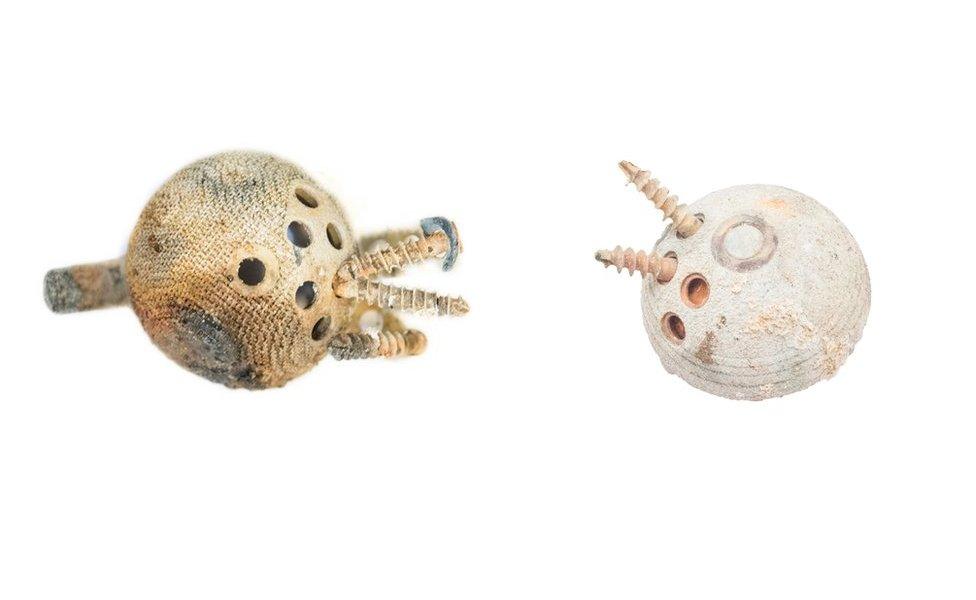
"Permission for recycling is sought from relatives," says Harry. "Many crematoria then work with a Dutch company that specialises in sorting and recycling metal remains after cremation. Some of the proceeds are returned to the crematorium, who may choose to donate the money to charity."
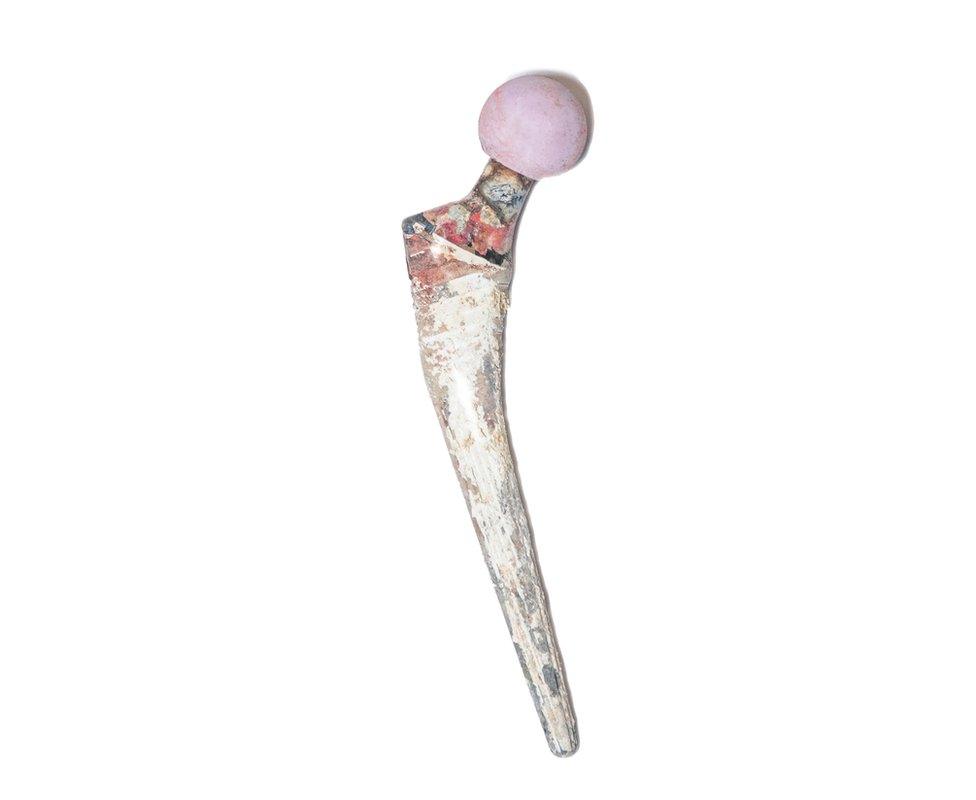
"High value metals that survive the cremation process may be sold for use in the automobile and aeronautical industries. Less valuable metals could become road signs, motorway barriers or lamp posts."
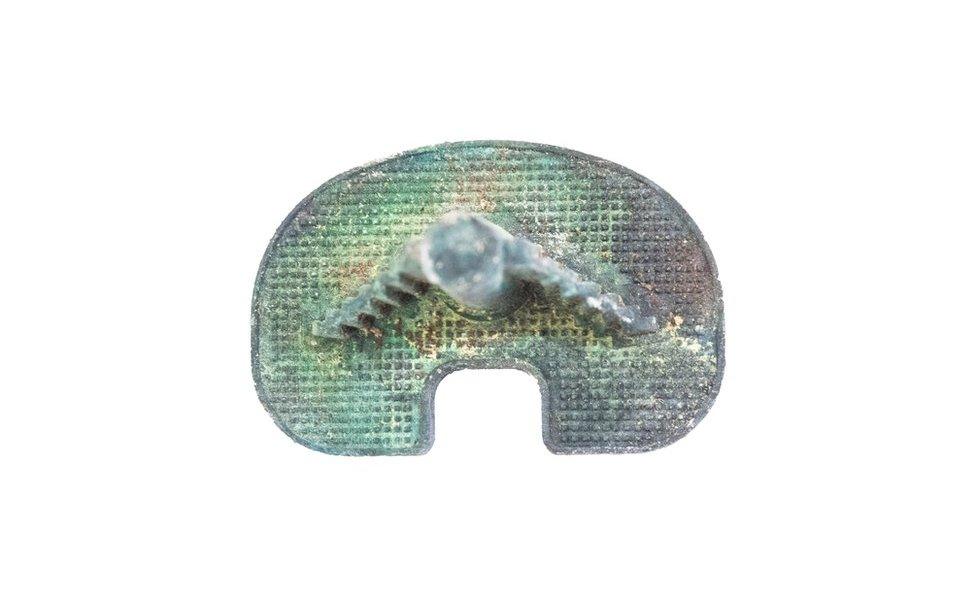
"Within the furnace the implants are exposed to very high temperatures between 800C and 1,000C. Under these conditions they often undergo changes in colour as a result of oxidation."
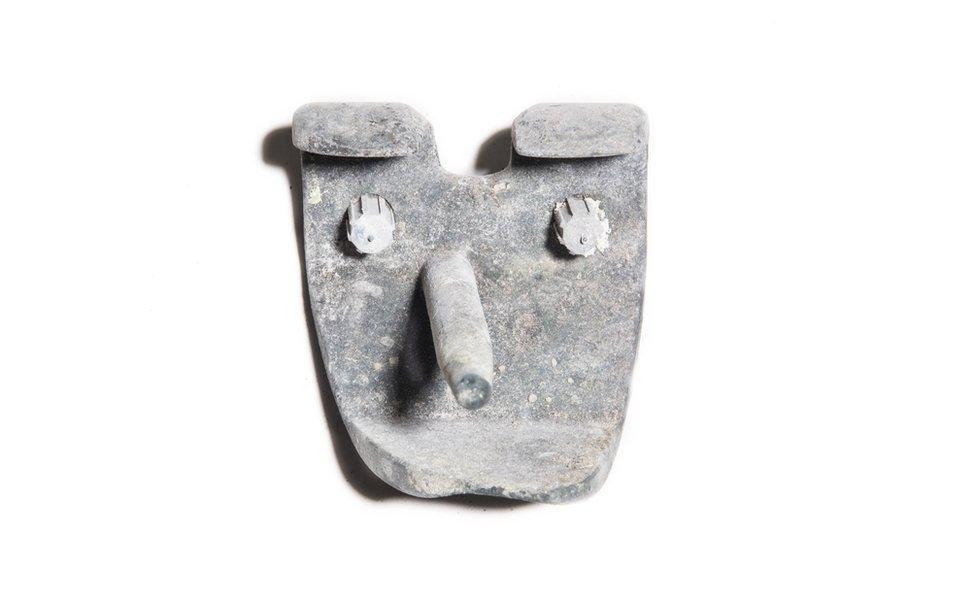
"I found the images unusual and strangely beautiful. I decided to position and photograph the implants as art objects, changing the viewer's perception of their nature."
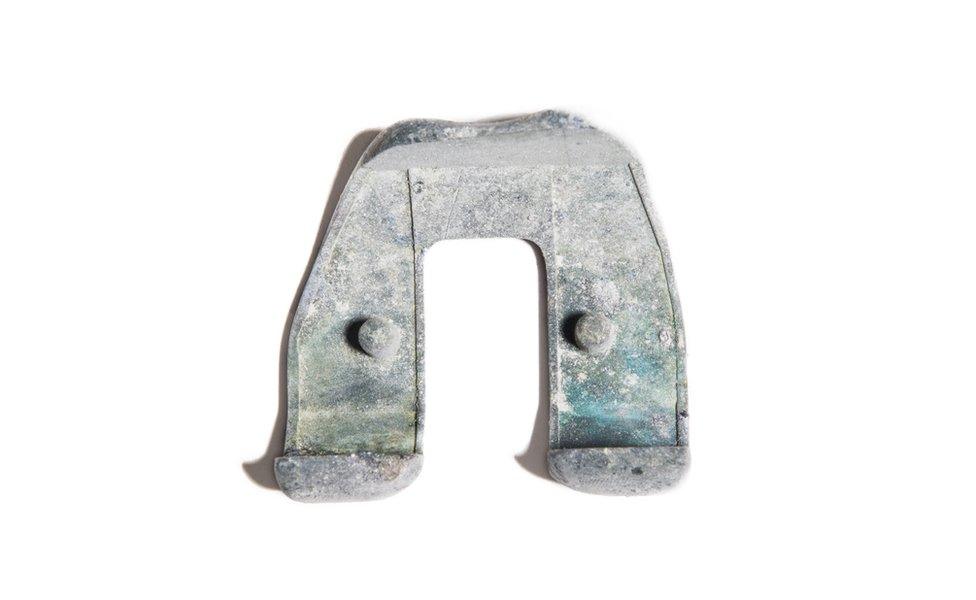
Harry Lloyd-Evans's project Implanted will be on display at Falmouth University's Press and Editorial Photography degree show, from 25 May to 30 May 2018.